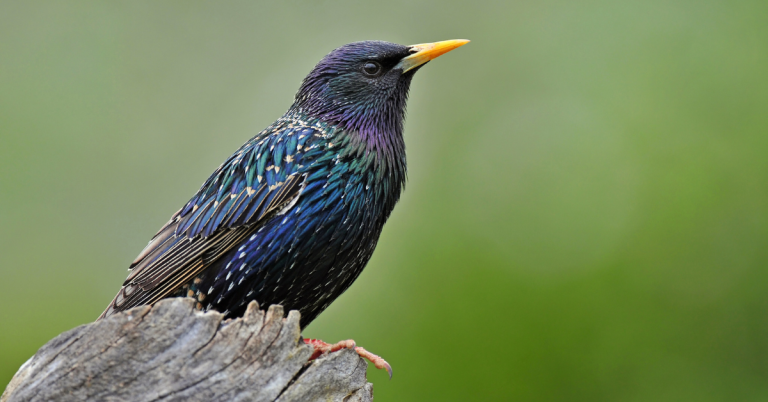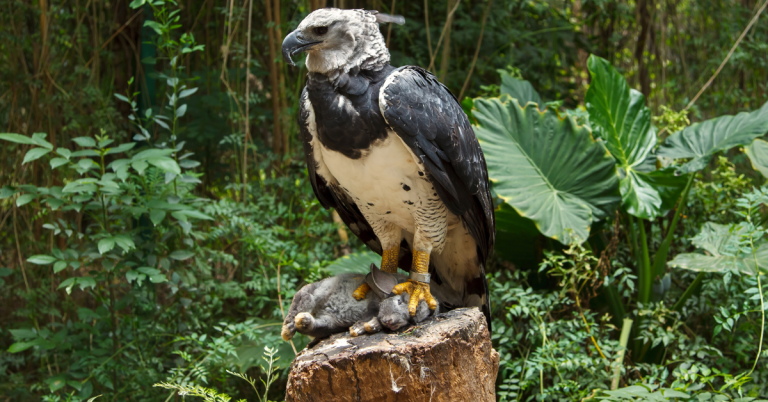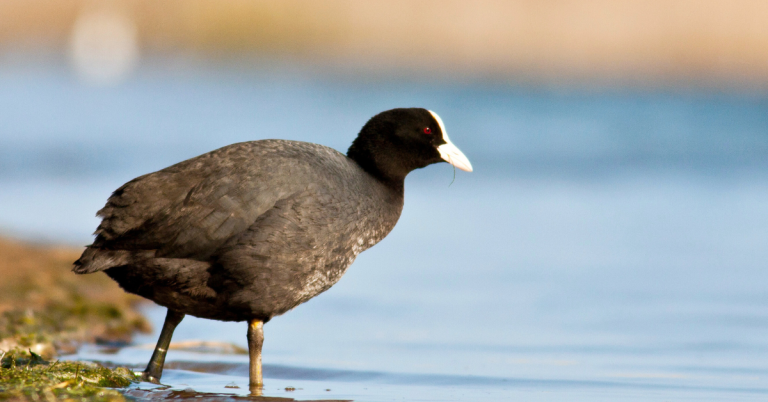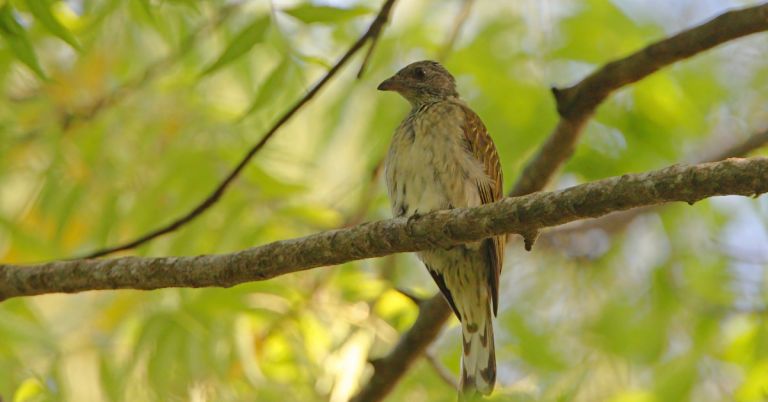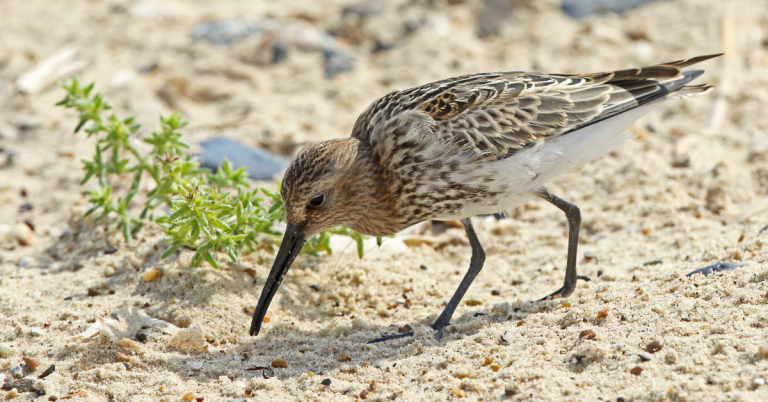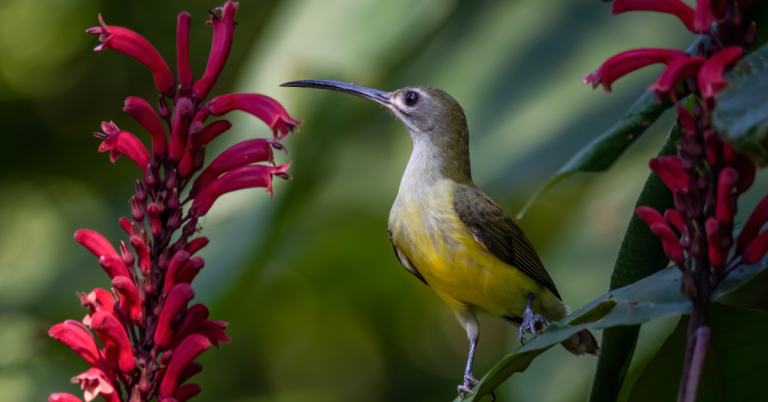moose hunting guide
Welcome to the ultimate hunting guide for Moose. This comprehensive guide will provide you with all the necessary information to understand, locate, and hunt this majestic animal ethically and responsibly. We will cover everything from behavior patterns to legal considerations, ensuring you are well-prepared for your adventure.
Understanding Moose Behavior
Moose are the largest members of the deer family and are commonly found in the northern regions of North America and Eurasia. Understanding their behavior is crucial for a successful hunt. Moose are solitary animals that prefer habitats such as boreal and mixed deciduous forests, where they can find abundant food sources like aquatic plants, shrubs, and trees. They are most active during dawn and dusk, which is when they feed and move around more frequently. During the rutting season, typically in the fall, moose become more active and less cautious, which can make them easier to locate.
Choosing the Right Hunting Location
Selecting the proper hunting location is vital for encountering moose. Some of the best regions for moose hunting include Alaska, Canada (particularly in provinces like British Columbia, Alberta, and Newfoundland), and northern parts of the United States, such as Maine and Minnesota. These areas have dense forests, abundant water sources, and a healthy moose population. It’s also beneficial to scout locations with a mix of feeding areas and dense cover, as moose tend to move between these habitats throughout the day.
Effective Hunting Tactics
Effective moose hunting requires skill and strategy. One common tactic is spot-and-stalk, where hunters use binoculars to locate moose from a distance and then carefully approach them. Calling is another effective method, especially during the rutting season; mimicking the sounds of a cow moose or a challenging bull can attract moose to your location. Tree stands and ground blinds can also be useful, providing a vantage point and reducing your chances of being detected by the moose. Additionally, using natural cover and wind direction to your advantage is crucial for a successful approach.
Ethical and Responsible Hunting
Hunting moose comes with great responsibility. It is essential to follow local and international regulations to ensure sustainable hunting practices. Always acquire the necessary permits and licenses, and be aware of the specific rules for the area you are hunting in, such as season dates and bag limits. Ethical hunting also involves making clean, humane shots to minimize the animal’s suffering. Respect for the environment is paramount, so avoid disrupting natural habitats and always follow the principles of “leave no trace.”
Field Dressing and Meat Processing
Processing a moose in the field is a significant task that requires careful attention. Field dressing should be done as soon as possible to prevent spoilage, focusing on removing the internal organs and cooling the meat. Due to the large size of a moose, quartering the animal on site is often necessary to make it easier to transport. Skinning and deboning should be done with sharp knives, and the meat should be kept clean and cool. Proper storage, whether refrigerated or frozen, is essential to preserve freshness. Moose meat is highly nutritious and can be used for a variety of dishes, while other parts can be utilized for souvenirs or further study.
Species and Subspecies
Moose (Alces alces) are divided into several subspecies based on their geographic location. In North America, the main subspecies are the Alaska-Yukon moose (Alces alces gigas), the Canadian moose (Alces alces andersoni), and the Shiras moose (Alces alces shirasi). Each subspecies varies slightly in size, coloration, and antler configuration. Understanding these differences can help hunters identify and target specific subspecies during their hunt.
Hunting Legality by Area
Laws regarding moose hunting vary by location. Many regions have specific hunting seasons, permit requirements, and quotas to ensure sustainable population management. For example, in Alaska, hunters must obtain a tag for each moose and follow specific regulations regarding antler size and hunting methods. In Canada, regulations differ by province, with each area having its own set of rules and licensing requirements. It is crucial to research and adhere to the hunting laws in the area where you plan to hunt.
Legal and Cross-Border Considerations
When planning a cross-border hunting trip, several legal considerations must be taken into account. Import and export regulations govern the transport of moose meat and parts, and customs procedures require thorough documentation to facilitate legal transport. Each country may have unique regulations regarding the importation of animal products, so it is essential to ensure compliance with these rules to avoid legal issues. Additionally, respecting local laws and customs ensures a smooth and lawful hunting experience.
Safety Tips
Hunting moose is inherently challenging and requires rigorous safety measures. Proper equipment is essential, with reliable gear and functional safety devices being a priority. Hunting with an experienced partner or guide familiar with moose behavior and emergency procedures enhances safety. A comprehensive first aid kit is necessary to address potential injuries, and monitoring weather and terrain conditions helps avoid hazardous situations. Always inform someone of your hunting plans and expected return time, and carry communication devices in case of emergencies.
FAQs
Where is the best place to hunt?
The best locations for hunting moose include Alaska, Canada (particularly British Columbia, Alberta, and Newfoundland), and northern parts of the United States, such as Maine and Minnesota.
What is the best time to hunt?
The optimal time for hunting moose is during the fall rutting season, when they are more active and less cautious. Dawn and dusk are the best times of day for moose activity.
What are the best hunting methods?
Common methods include spot-and-stalk, calling, and using tree stands or ground blinds. Utilizing natural cover and wind direction is also crucial for a successful approach.
What is the reason for hunting?
Hunting moose can be driven by sport, the pursuit of adventure, tradition, and the utilization of moose meat and other products. Ethical and responsible hunting also supports conservation and population management efforts.

